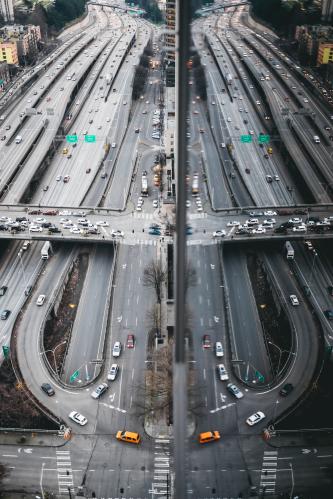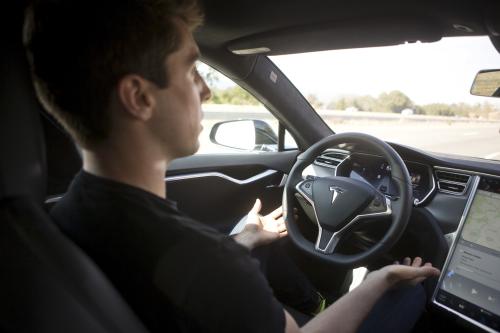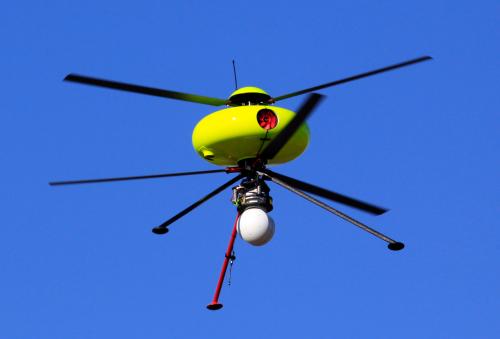New technologies are transforming the transportation sector. These include autonomous vehicles, ride-sharing services, remote sensors, and unmanned aerial systems, among other developments. As is true with many technologies, however, the products have advanced faster than the policies and regulations surrounding them. On September 10, The Center for Technology Innovation hosted a panel discussion featuring Brookings scholars Darrell West and Margaret Taylor, along with Mark Bathrick, director of aviation services at the Department of the Interior, and Darshan Divakaran, unmanned aerial systems (UAS) program engineer at the North Carolina Department of Transportation. The panel examined advances in transportation technology in order to understand how we can ensure privacy, security, and human safety in the new era that is emerging.
New applications and new concerns
As unmanned aerial systems have become more prevalent for commercial uses like precision agriculture and package delivery, they are also increasingly used by federal, state, local, and local government agencies to make their operations more efficient. For example, the Department of the Interior uses UAS to help monitor the millions of acres under its management. Compared to manned aircraft, the department can launch them from more locations, cover more territory, and deploy them in situations that could be unsafe for humans. At the state level, the North Carolina DOT handles UAS research, infrastructure, and education, while local emergency responders are also using UAS for fire-fighting, disaster relief, and law enforcement.
New private and public sector applications also come with public concerns over privacy, security, and physical safety. In May of this year, a Swiss Post drone crashed 50 yards from a group of children after its parachuted failed to deploy, highlighting the need for safety measures when they fly over people. UAS equipped with cameras and sensors also raise questions about privacy: What will collected data be used for, and how long will it be stored?
Where and how to regulate
In addition to addressing specific issues, policymakers must decide which level of government is best suited for UAS oversight and regulation. In a range of areas, it is clear state and federal agencies must coordinate their efforts in regulating new transportation technologies. Officials need to consider what rules are needed and how to address various problems. Regulations must demarcate where and how UAS can operate safely, resolve questions of authority when flying over private property and public lands, and decide what infrastructure investment is needed to move things forward. Regardless of the direction that unmanned aerial systems take, it is important to educate the public on how the technology can be used safely and responsibly.







Commentary
Highlights: New transportation technologies bring rewards and risks
September 13, 2019